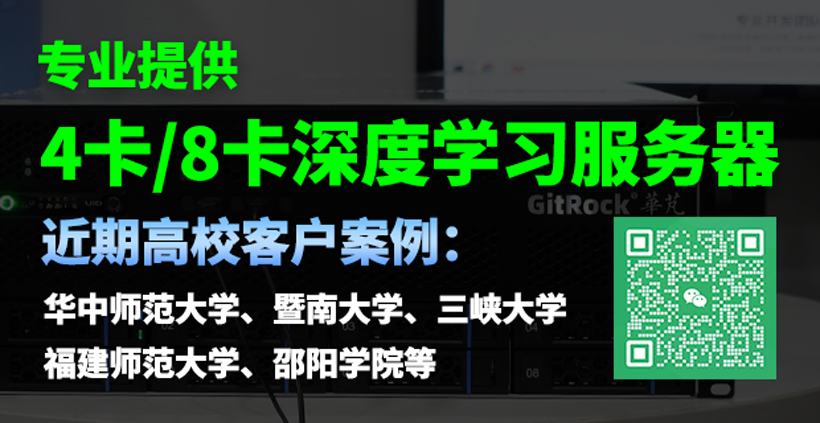当然,函数中的某些数据你也可以灵活地修改为变量,这样你可以最大程度地自定义该函数以符合你自己的需要,比如这里我们将周期“252”修改为一个变量,在你调用该函数的时候作为参数进行赋值:
def BackTest(serie, auunualiazed_scalar=252):
# Import the benchmark
sp500 = yf.download('^GSPC', proxy="http://127.0.0.1:10809")['Adj Close'].pct_change(1)
# Change the name
sp500.name = 'SP500'
# Concat the returns and the sp500
val = pd.concat((serie, sp500), axis=1).dropna()
# Compute the drawdown
drawdown = drawdown_function(serie) * 100
# Compute max drawdown
max_drawdown = - np.min(drawdown)
# Put a subplots
fig, (cum, dra) = plt.subplots(1,2, figsize=(24, 8))
# Put a Suptitle
fig.suptitle('Backtesting', size=20)
# Returns cumsum chart
cum.plot(serie.cumsum() * 100, color='#39B3C7')
# SP500 cumsum chart
cum.plot(val['SP500'].cumsum() * 100, color='#B85A0F')
# Put a legedn
cum.legend(['Portfolio', 'SP500'])
# Set individual title
cum.set_title('Cumulative Return', size=13)
cum.set_ylabel('Cumulative Return %', size=11)
# Put the drawdown
dra.fill_between(drawdown.index, 0, drawdown, color='#C73954', alpha=0.65)
# Set individual title
dra.set_title("Drawdown", size=13)
dra.set_ylabel('drawdown in %', size=11)
# Plot the graph
plt.show()
# Compute the sortino
sortino = np.sqrt(auunualiazed_scalar) * serie.mean() / serie.loc[serie < 0].std()
# Compute the beta
beta = np.cov(val[['return', 'SP500']].values, rowvar=False)[0][1] / np.var(val['SP500'].values)
# Compute the alpha
alpha = auunualiazed_scalar * ( serie.mean() - beta * serie.mean())
# Print the statistics
print(f"Sortino: {np.round(sortino, 3)}")
print(f"Beta: {np.round(beta, 3)}")
print(f"Alpha: {np.round(alpha * 100, 3)} %")
print(f"MaxDrawdown: {np.round(max_drawdown, 3)} %")
BackTest(return_serie, 12)

原创文章,作者:朋远方,如若转载,请注明出处:https://caovan.com/10-shilianghuahuice/.html


 微信扫一扫
微信扫一扫